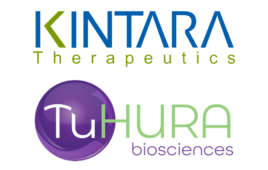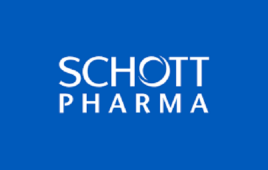According to data recently released by the FDA, there were 119 NDAs in 2003 an increase of 10 over 2002. The 109 filings in 2002 were already a modest increase over the 2001 level of 99.
In contrast, NDA filings remain well below the user fee era peak of 139 submissions in 1999. The 99 submissions in 2001 were the lowest annual total since the user fee program began in 1993.
Interestingly, while NDA filings have rebounded somewhat in the last two years, the number of commercial IND submissions has not. According to FDA data, there were 426 commercial INDs in 2003, virtually flat compared to 2002 (428), 2001 (425) and 2000 (424), and down from the peak of 498 INDs in 1998.
The 2003 statistics underscore the concern about R&D productivity in the pharmaceutical industry. According to the Pharmaceutical Research & Manufacturers of America’s (PhRMA) latest estimates, member companies invested $33 billion in R&D in 2003. In 1999, when NDA filings peaked, R&D spending was $23 billion. In 1998 when IND’s peaked, R&D spending was even lower at $21 billion.
PhRMA, however, believes that the overall picture for clinical research is better than the raw statistics indicate.While annual IND filings remain flat, the total number of active commercial INDs is rising. In 2003, FDA reported 4,544 active commercial INDs, an all-time high and a marked increase over the 4,158 active INDs in 2002.
Follow-On Biologics Guidance Coming From FDA
The FDA is planning to release a draft guidance on follow-on biologics this spring. The guidance is expected to delineate what studies should be conducted for a follow-on biologic application as well as include a list of off-patent biologics for which a follow-on could be approved. The FDA has previously discussed the use of existing pathways for the approval of follow-on products to insulin and human growth hormone.The draft guidance is also expected to address the extent to which applications for follow-on biologics can reference studies conducted by the manufacturer of the source biologic. Other topics likely to be covered by the guidance include the interchangeability of follow-on biologics with the source biologic and testing requirements for the comparability of follow-on biologics. The draft guidance is being developed by an FDA working group chaired by Center for Drug Evaluation & Research Director Janet Woodcock, MD.




